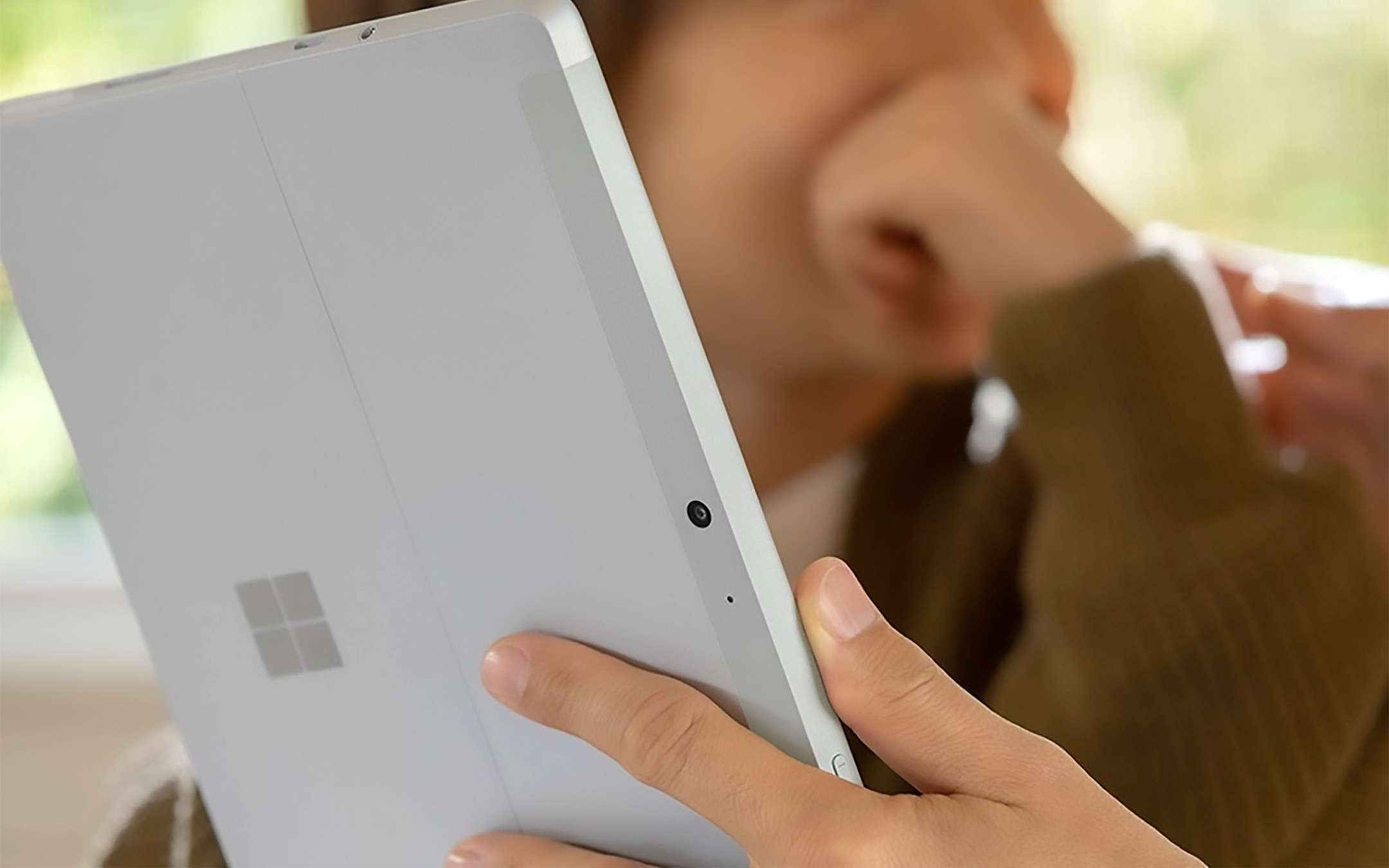Bigger tablets are saving the PC market

The PC market is doing well thanks to tablets
Devices with a hybrid nature, capable of acting in a way comparable to that of a laptop when accompanied by a physical keyboard. Many have chosen them in recent months to work from home, to connect to others via platforms such as Meet, Zoom or Teams in online lessons, to engage in meetings and video calls or more simply for multimedia entertainment. The forecast is for category growth of 1% at the end of 2020. It might not seem like much, but this is the best figure since 2014, after five years of continuous decline.The PC market is doing well. , then? Or is it a flash in the pan destined to end quickly, together with the emergency? It all depends on the criteria chosen to evaluate whether a specific form factor is to be included in the count or not. We wrote about it on these pages a little less than a year ago, commenting on other signs of recovery:
If today PCs seem to have recovered their charm, it is also thanks to the introduction of new form factors, in the name of versatility, most of the time as the result of a hybridization process that winks at who sees an added value in the methods of use offered by the mobile ecosystem. Thus, convertibles and 2-in-1 models have made their way gradually replacing the more classic concept of laptop, offering features such as touchscreen display, support for interaction with styluses and ever thinner designs.
Lines such as Microsoft's Surface and Apple's iPad, as well as the many proposals of other brands regarding the Windows ecosystem, are pushing towards a sort of hybridization: the tablet grows, in size and functionality, and becomes PC . A dynamic not too dissimilar from that which, thanks to a continuous thinning of the frames and a progressive growth of the diagonals, has led the smartphone catalog to gnaw and then incorporate what until a few years ago we used to call the phablet segment.
Source: Strategy Analytics